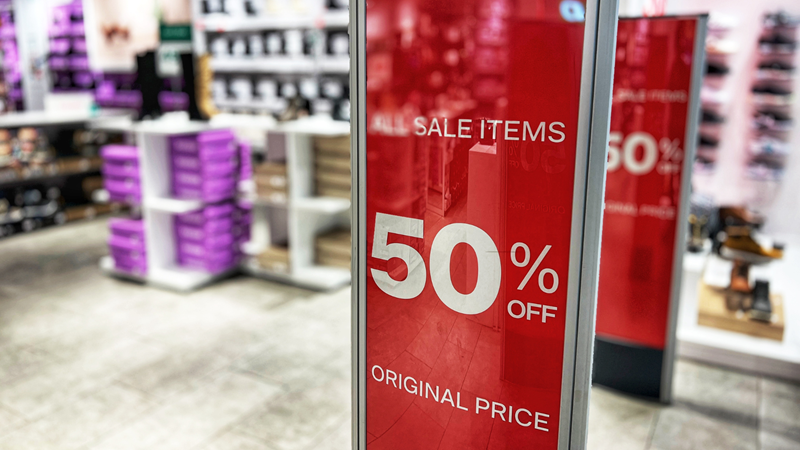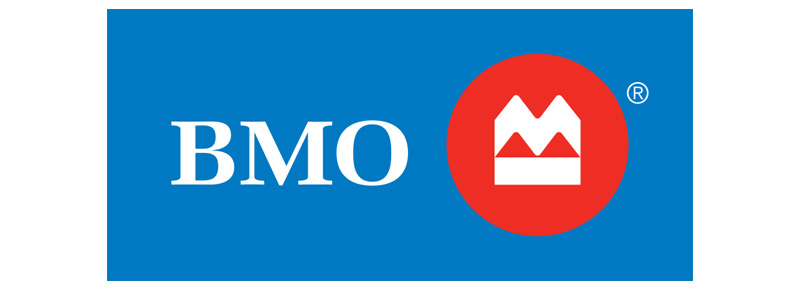Optimizing media mix in Canada
Headlines continue to tout the significant growth of digital media consumption. It happens to be true. It was reported by eMarketer that digital video time grew by 13.7 per cent in 2020, as streaming took off during COVID-19 lockdowns across Canada.
However, this does not mean that brands need to direct all of their spending to digital channels. Even though digital might seem like the dominant force in the media ecosystem, it is a fraction of the entire story. Some marketers aren’t accounting for very healthy mainstream channels that are still widely consumed, and as a result, brands could potentially miss valuable opportunities to reach their audiences. As of 2021, Canadian consumers are still spending an average of almost five hours a day with traditional media. That’s a lot of time. Think of it this way: Typically, humans are awake for approximately 16-18 hours a day, so traditional media consumption makes up almost one-third of their waking hours. This is a huge window of time missed by brands who are spending primarily or strictly on digital.
This consideration of where to allocate ad spend is especially important in Canada, where we’re witnessing media spend per capita decline. This trend is unique to Canada. It means that brands in this market, more than others, need to ensure every dollar they put out is strategic and works its hardest. That means distributing ample budget to all channels in their media mixes, including digital and traditional.
Below are some considerations for Canadian marketers to think about when planning media spend allocation in 2022 and beyond.
Linear TV isn’t dead
It’s difficult to find an entertainment article these days that does not mention one of the various, increasingly popular television streaming apps. This may be shocking to some, but people are still watching linear television. ThinkTV found that cord-cutting has been far overstated in Canada, with total subscriptions only down less than one per cent Year-over-Year (YoY), and a whopping 10.5 million Canadian households subscribing to paid television. Additionally, the time spent watching these services are high: Canadian adults, between the ages of 25-54, are watching a total of about 13 hours of TV a week, and about 86 per cent of this TV viewing is live. When it comes to audience opinion regarding television advertising, consumers view TV as the most trustworthy, most influential, and the medium most likely to grab attention, compared to all video advertising media. It’s clear that advertisers have seen the value of investing in linear to reach Canadian audiences.
Radio isn’t either
Another medium that might not be getting the advertiser attention it deserves is radio. According to a study released in November 2021 on radio consumption in Canada, around 30.5 per cent of surveyed respondents stated that they listened to the radio on a conventional radio and 67.5 per cent listened to the radio in their vehicle.
While we’re certainly witnessing audio shifting to digital, we should not forget about how much advertisers still see radio delivering on outcomes. Advertisers shouldn’t miss out on this opportunity, especially when you think about the consumers who are listening in their vehicles. While the pandemic has in many cases reduced or even eliminated commuting times, there are still many other reasons for individuals and families to be out in their cars, particularly with the rise of local tourism and staycations.
Out-of-home is coming back
Despite billboards’ position as one of the oldest advertising mediums, out-of-home advertising has successfully made its way to relevancy in the 21st century. Out-of-home (OOH) is actually seeing strong growth right now. Ad spend on digital out-of-home (DOOH) grew 147 per cent YoY, and a stunning 454 per cent since 2019. This makes sense, considering vaccines and boosters have rolled out at high rates and Canadians are spending time outside in eyesight of 31,000 DOOH screens rolled out across the country. Advertisers are likely to see a return on folding OOH into their media mixes as the weather becomes warmer.
These consumer trends demonstrate the importance of ensuring that media mixes consider both traditional and digital channels in order to reach consumers, to make the most of budgets in 2022 and into the future.




































